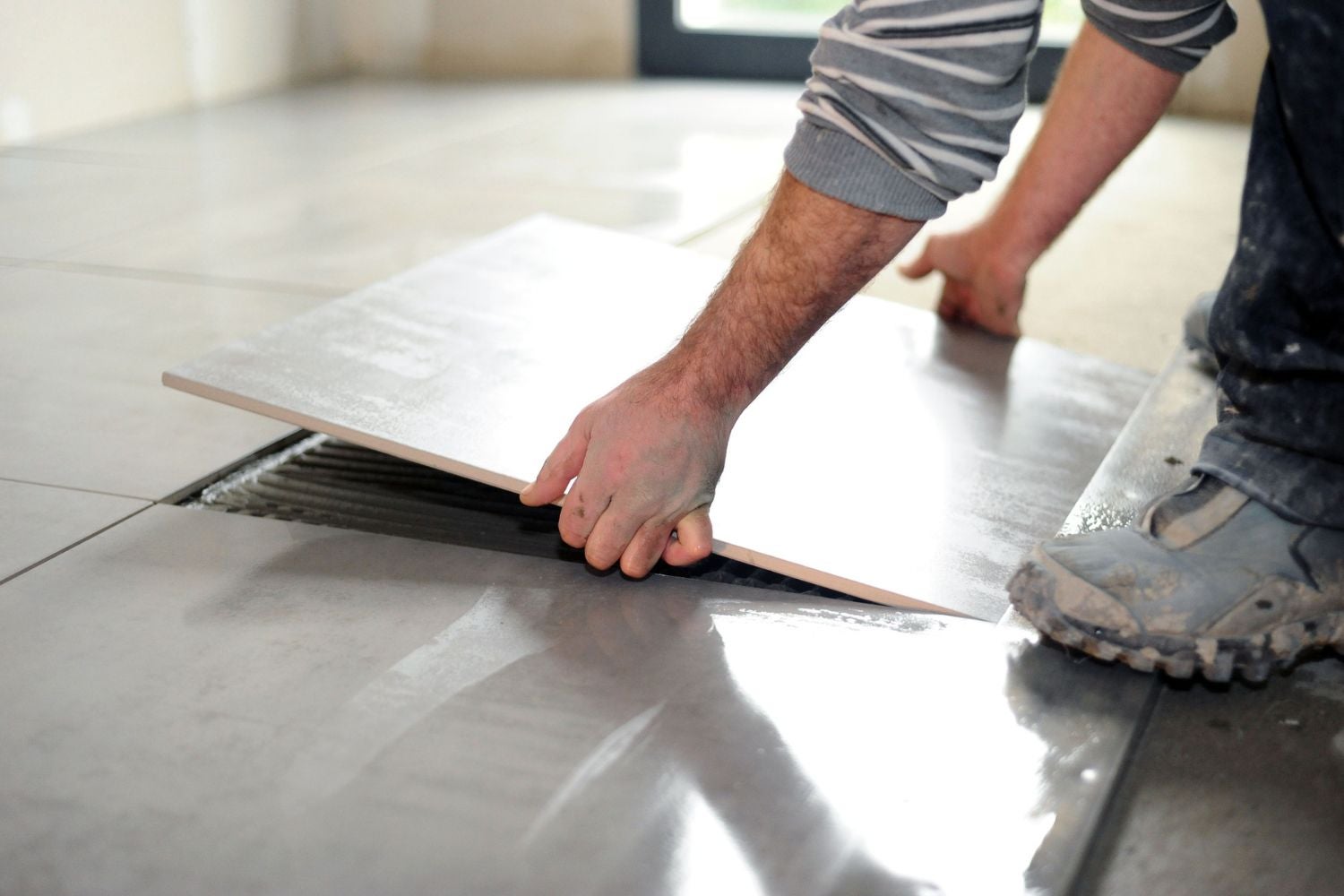

Articles
How Much To Tile A Floor
Modified: February 26, 2024
Looking for articles on how much it costs to tile a floor? Discover expert advice and tips on budgets, materials, and labor to help you plan your flooring project.
(Many of the links in this article redirect to a specific reviewed product. Your purchase of these products through affiliate links helps to generate commission for Storables.com, at no extra cost. Learn more)
Introduction
When it comes to renovating or remodeling a space, one of the most important decisions to make is choosing the right type of flooring. Flooring not only affects the overall aesthetics of a room, but it also plays a crucial role in functionality and durability.
One popular option that combines both style and practicality is floor tiling. Tiles offer a wide range of choices in terms of colors, patterns, and materials, allowing homeowners to create a customized look that suits their personal taste.
However, before diving into the exciting world of tile selection, it’s crucial to understand the various factors that affect the cost of floor tiling. By having a comprehensive understanding of these factors, you can plan your budget more accurately and make informed decisions throughout the process.
In this article, we will explore the different aspects that influence the cost of floor tiling. From the types of tiles available to the measurement and calculation methods, as well as the labor costs involved, we will provide you with a comprehensive overview to help you understand how much it may cost to tile a floor.
Whether you’re looking to tile a bathroom, kitchen, or any other area in your home, this guide will serve as a valuable resource to assist you in making the right financial decisions for your tiling project.
Key Takeaways:
- Transform Your Space with Cost-Effective Tile Flooring
Understand the factors influencing tiling costs, from tile types to labor expenses. Save money by shopping smart, considering alternatives, and planning for DIY installation. - Achieve Aesthetic Appeal Without Breaking the Bank
Balance quality and cost by exploring bulk purchases, reusing existing tiles, and prioritizing regular maintenance. Make informed decisions to elevate your space affordably.
Read more: How Much To Tile Bathroom Floor
Factors Affecting the Cost of Floor Tiling
Several factors come into play when determining the cost of floor tiling. Understanding these factors will help you plan your budget effectively and make informed decisions about your tile flooring project. Here are some key factors that can influence the overall cost:
- Type of Tiles: The type of tiles you choose will have a significant impact on the cost. Ceramic tiles are generally more affordable compared to natural stone tiles like marble or granite. Similarly, porcelain tiles tend to be costlier than ceramic tiles due to their increased durability and resistance.
- Size and Complexity of the Area: The size of the area to be tiled and its complexity will influence the labor and material costs. Larger areas will require more tiles and take longer to install, which can affect the overall cost. Additionally, if your space has intricate patterns or requires custom cuts, it may require more time and effort, resulting in higher labor costs.
- Tiling Layout: The chosen tiling layout can impact the cost. Simple and straightforward patterns, such as straight or diagonal layouts, are generally more cost-effective compared to intricate designs like herringbone or basket-weave.
- Tile Quality and Design: Higher-quality tiles with unique designs or specialty finishes often come at a higher price. Consider your budget and aesthetic preferences when selecting tiles to strike the right balance.
- Accessories and Trims: Additional elements such as trim pieces, borders, or decorative accents can add to the cost. These decorative elements enhance the overall look but should be factored into your budgeting.
- Subfloor Condition: The condition of the subfloor can impact the cost of tiling. If the subfloor requires repair, leveling, or moisture-proofing, it will add to the overall cost of the project.
- Location and Complexity of the Project: Labor costs vary depending on your location and the complexity of the project. Labor rates can differ significantly between urban and rural areas, and projects involving multiple rooms or intricate designs may require specialized contractors, which can affect the overall cost.
Considering these factors will give you a better understanding of the expenses involved in tiling your floor. It’s important to assess your budget and priorities before making any decisions. Be sure to gather quotes from different contractors and suppliers to compare prices and find the best fit for your project.
Types of Tiles
When it comes to floor tiling, there is a wide variety of tile types to choose from. Each type offers distinct characteristics in terms of aesthetics, durability, maintenance, and cost. Understanding the different types of tiles will help you select the right option for your flooring project. Here are some common types of tiles:
- Ceramic Tiles: Ceramic tiles are a popular choice due to their versatility, affordability, and wide range of design options. They are made from clay that is fired at high temperatures, resulting in a durable, water-resistant option. Ceramic tiles are available in various sizes, colors, and patterns, making them suitable for both indoor and outdoor applications.
- Porcelain Tiles: Porcelain tiles are known for their strength, durability, and resistance to moisture, making them ideal for high-traffic areas and areas prone to moisture, such as bathrooms and kitchens. They are made from denser clay and fired at higher temperatures than ceramic tiles, resulting in a harder and more impervious surface.
- Natural Stone Tiles: Natural stone tiles, such as marble, granite, travertine, and slate, offer a luxurious and timeless appeal. Each type of natural stone has its own unique characteristics and aesthetic qualities. While natural stone tiles are durable and offer an elegant look, they can require more maintenance, sealing, and care compared to ceramic or porcelain tiles. They are generally more expensive but add a touch of luxury to any space.
- Glass Tiles: Glass tiles are a contemporary and stylish option for floor tiling. They are available in various colors, shapes, and sizes, and can be used to create stunning visual effects. Glass tiles are non-porous, making them resistant to stains and easy to clean. However, they may be more prone to scratches and cracks than other tile types.
- Concrete Tiles: Concrete tiles offer a modern and industrial look, with a range of designs and textures available. They are durable, low-maintenance, and well-suited for high-traffic areas. Concrete tiles can be customized with stains, dyes, or pigments to achieve unique finishes.
- Vinyl Tiles: Vinyl tiles provide an affordable and practical option for floor tiling. They are available in a variety of designs, including realistic wood or stone patterns. Vinyl tiles are durable, water-resistant, and easy to install, making them a popular choice for DIY projects or budget-conscious homeowners.
When choosing the right type of tile for your flooring project, consider factors such as your budget, desired aesthetics, durability requirements, maintenance preferences, and the specific area where the tiles will be installed. It’s also advisable to consult with professionals or visit tile showrooms to get a better sense of the textures, colors, and finishes available for each type of tile.
Measurement and Calculation
Accurate measurement and calculation are crucial steps in determining the quantity of tiles needed for your flooring project. By properly measuring the area and calculating the tile requirements, you can avoid unnecessary wastage and additional costs. Here’s a step-by-step guide on how to measure and calculate for floor tiling:
- Measure the Area: Start by measuring the length and width of the room or the specific area where the tile will be installed. Use a tape measure and measure in feet or meters for accuracy. If the area has irregular shapes or sections, divide it into smaller, more manageable shapes and measure each separately.
- Add Expansion Gaps: Account for expansion gaps between tiles when calculating the quantity needed. Expansion gaps allow for natural movement and prevent tiles from cracking. Generally, a 1/8-inch or 3mm gap is recommended between tiles.
- Calculate the Total Area: Once you have the measurements, multiply the length by the width of each separate section and add the results together to get the total square footage or square meters of the area.
- Consider Tile Size: Determine the size of the tiles you plan to use. Common sizes include 12×12 inches, 18×18 inches, or 24×24 inches. Divide the total area by the tile’s coverage area to calculate the quantity of tiles needed. For example, if the area is 100 square feet and the tile size is 12×12 inches (1 square foot), you would need 100 tiles.
- Account for Wastage: It’s essential to account for wastage due to cutting and chipping during installation. Experts recommend adding an additional 5-10% to the calculated quantity to ensure you have enough tiles to cover any mishaps or future repairs.
- Consider Tile Orientation: Depending on the desired tile pattern or layout, you may need to adjust the quantity of tiles needed. For example, diagonal or herringbone patterns may require more tiles than a straight pattern due to the angle and additional cuts required.
- Consult with Professionals: If you are unsure about the measurement and calculation process or want to ensure accuracy, it is always advisable to consult with professionals. They can provide expert guidance and help you avoid potential mistakes or oversights.
Remember that proper measurement and calculation are essential for a successful tiling project. Taking the time to measure accurately and calculate the required quantity of tiles will not only save you money but also help you achieve a seamless and visually appealing floor.
Labor Costs
When considering the cost of floor tiling, it’s important to account for labor costs, as they can significantly impact the overall budget of your project. The labor costs involved in tiling a floor depend on various factors, including the complexity of the job, the skill level of the tile installer, and the region where the project takes place. Here are some key points to consider when estimating labor costs:
- Tile Installation: The primary labor cost is for the installation of the tiles. This includes tasks such as preparing the surface, laying the tiles, and grouting. The complexity of the installation, such as the tile size, layout, and pattern, can affect the duration and cost of labor.
- Experience and Skill Level: The expertise and experience of the tile installer can influence the labor costs. Highly skilled and experienced installers may charge higher rates due to their proficiency and reputation. It’s important to find a balance between cost and quality when selecting a tile installer.
- Number of Workers: The number of workers involved in the tiling project can impact the labor costs. Larger projects may require a team of installers, which can increase the overall labor cost compared to smaller projects that can be handled by a single installer.
- Location: Labor costs can vary depending on the region where the project is taking place. Urban areas or areas with a higher cost of living may have higher labor rates compared to rural areas. It’s advisable to research local labor rates in your specific area to get a more accurate estimate.
- Additional Services: If specialized services are required, such as waterproofing showers or installing underfloor heating systems, these may involve additional labor costs. These services require specific knowledge and expertise, and the labor costs may vary accordingly.
It’s essential to obtain multiple quotes from different tile installers to compare labor costs. Consider the reputation, experience, and past work quality of the installers when making your decision. While it may be tempting to choose the lowest-priced option, bear in mind that quality workmanship and attention to detail are crucial for a long-lasting and visually appealing tile installation.
Remember to factor labor costs into your budget and allocate a reasonable amount for this aspect of the project. Taking the time to find a skilled and reliable tile installer will ensure that your flooring project is completed efficiently and to your satisfaction.
Read more: How To Put Tile On Floor
Additional Materials and Tools Required
In addition to the tiles themselves and labor costs, there are several additional materials and tools that are necessary for a successful floor tiling project. These materials and tools play a crucial role in the installation process and should be considered when estimating the overall cost of your project. Here are some of the key items you will need:
- Tile Adhesive: Tile adhesive, also known as thinset or mortar, is used to bond the tiles to the substrate. The type of adhesive required will depend on the tile material and the surface it is being installed on. It’s essential to select the appropriate adhesive to ensure a secure bond and long-lasting installation.
- Grout: Grout is a cement-based material used to fill the gaps between tiles and provide a finished look. Grout comes in different colors and can be matched or contrasted with the tiles, depending on the desired effect. Ensure you have enough grout for the project, considering any allowance for wastage and future repairs.
- Spacers: Tile spacers are small plastic crosses or wedges used to maintain consistent spacing between tiles. Spacers ensure that the grout lines are even and help to achieve a professional-looking result. The size of the spacers will depend on the desired grout line width.
- Trowel: A trowel is a handheld tool used to spread adhesive evenly on the substrate. The size and type of trowel will vary based on the size and type of tiles being installed. A notched trowel is commonly used to create ridges in the adhesive, ensuring proper adhesion and tile leveling.
- Tile Cutter or Wet Saw: Depending on the type of tiles and the cuts required, you may need a tile cutter or wet saw. These tools are used to make precise cuts on tiles to fit around corners, edges, or obstacles. Ceramic and porcelain tiles can typically be cut with a tile cutter, while natural stone or glass tiles may require a wet saw for more intricate cuts.
- Sponge and Bucket: A sponge and a bucket of water are essential for cleaning excess adhesive and grout from the tiles during the installation process. Regular cleaning ensures a clean and polished finish.
- Level and Measuring Tools: A level is necessary to ensure that the tiles are properly aligned and leveled during installation. Measuring tools such as a tape measure and a square are also needed for accurate layout and cuts.
- Protective Gear: It’s important to prioritize safety during the installation process. Protective gear, such as safety glasses, gloves, and knee pads, can help minimize the risk of accidents and injuries.
When planning your budget for the floor tiling project, be sure to include the cost of these additional materials and tools. It’s advisable to purchase high-quality products to ensure a successful and durable installation. Consider consulting with professionals or visiting a local tile supplier to get expert advice and guidance on the necessary materials and tools for your specific project.
When calculating the cost of tiling a floor, consider the size of the area to be tiled, the type and cost of the tiles, and the cost of labor if hiring a professional. It’s also important to factor in any additional materials needed, such as grout and adhesive.
Cost of Floor Preparation
Before tiling a floor, proper preparation is essential to ensure a smooth and long-lasting installation. The cost of floor preparation can vary depending on the condition of the existing floor, the desired outcome, and any necessary repairs or modifications. Here are some factors to consider when estimating the cost of floor preparation:
- Removal of Existing Flooring: If there is existing flooring that needs to be removed before installing the tiles, such as carpet, vinyl, or hardwood, there may be additional costs involved. The complexity of the removal process and the type of flooring being removed will impact the overall cost.
- Subfloor Repair: The condition of the subfloor is crucial for a successful tile installation. If there are any cracks, unevenness, or water damage in the subfloor, it will need to be repaired or replaced. Subfloor repair costs will depend on the extent of the damage and the materials needed for the repairs.
- Leveling the Subfloor: A level and even subfloor is necessary to avoid any issues with the tile installation. If the subfloor is uneven, it may require leveling using self-leveling compounds or additional materials. The cost of leveling the subfloor will depend on the size and condition of the area to be leveled.
- Moisture and Waterproofing: In areas where moisture is a concern, such as bathrooms or basements, moisture and waterproofing measures may be necessary. This can involve applying waterproof membranes or sealants to prevent moisture penetration. The cost will depend on the size of the area and the specific products used.
- Underlayment: Depending on the type of tiles being installed and the condition of the subfloor, an underlayment may be necessary. An underlayment provides stability, moisture resistance, and additional insulation. Underlayment costs vary depending on the material used, such as cement boards, foam boards, or uncoupling membranes.
- Asbestos or Lead Abatement: In some cases, older homes may have asbestos or lead-based materials in the existing flooring. If these materials are present, proper abatement procedures must be followed to ensure the safety of the workers and occupants. Asbestos or lead abatement can significantly increase the cost of floor preparation.
It’s important to assess the condition of your existing floor and consult with professionals to determine the necessary floor preparation steps and associated costs. Request quotes from reputable contractors and ensure that the floor preparation is included in the overall tiling project budget. Investing in proper floor preparation will contribute to a successful and long-lasting tile installation.
Cost of Removing Old Tiles
When planning a floor tiling project, it’s important to consider the cost of removing any existing tiles. Removing old tiles is necessary if you’re replacing the flooring or if the existing tiles are damaged, outdated, or no longer meet your aesthetic preferences. The cost of removing old tiles can vary depending on several factors:
- Tile Type and Installation Method: The type of tiles and the method used for their installation will affect the complexity and cost of removal. Different tile materials, such as ceramic, porcelain, or natural stone, may require different methods to be effectively removed. Additionally, if the tiles were installed with strong adhesives or mortar, the removal process may require more time and effort.
- Extent of Removal: The extent of tile removal will affect the overall cost. If you only need to remove tiles from a small area or a specific section of the floor, the cost will be relatively lower compared to removing tiles from an entire room or a larger space.
- Condition of the Tiles: The condition and integrity of the existing tiles can impact the ease and cost of removal. If the tiles are already loose or damaged, they may be easier to remove. However, if the tiles are well-adhered and in good condition, the removal process may require more time and effort, thus increasing the cost.
- Surface Preparation: Once the tiles are removed, the surface may require additional preparation, such as cleaning, leveling, or repairing. These additional steps should be factored into the overall cost of the project.
- Labor Costs: The cost of labor for removing old tiles will depend on the complexity and size of the project, as well as the skill level of the workers. Labor costs can vary based on location and the experience of the professionals hired for the job. Obtaining multiple quotes from reputable contractors will help you get a better understanding of the labor costs involved.
It’s important to note that in some cases, tile removal may not be necessary, particularly if the existing tiles are in good condition and can be tiled over. Tiling over existing tiles can be a cost-effective solution, saving you both time and money. However, it’s essential to consult with professionals to determine if tiling over is a suitable option based on your specific situation and the condition of the existing tiles.
When budgeting for your floor tiling project, be sure to include the cost of removing old tiles if necessary. By considering these factors and obtaining multiple quotes, you can estimate the overall cost and make informed decisions based on your budget and project requirements.
Cost of Tile Installation
The cost of tile installation is a significant factor to consider when planning a floor tiling project. The installation cost can vary based on several factors, including the type of tiles, the size and complexity of the area, and the labor rates in your region. Understanding the cost of tile installation will help you budget accordingly and make informed decisions. Here are some key points to consider:
- Type of Tiles: The type of tiles you choose will impact the installation cost. Different tile materials, such as ceramic, porcelain, natural stone, or glass, may require different installation techniques and expertise. Additionally, high-end or specialty tiles may require more precision and care during the installation process, leading to higher labor costs.
- Size and Complexity of the Area: The size and complexity of the area to be tiled will affect the installation cost. Larger areas will require more time and labor, contributing to higher costs. Additionally, if the area has irregular shapes, intricate patterns, or requires custom cuts, it may require more time and effort, thus increasing the installation cost.
- Tiling Layout and Pattern: The chosen tiling layout and pattern can impact the installation cost. Straightforward patterns, such as straight or diagonal layouts, are generally easier and quicker to install, resulting in lower labor costs. In contrast, complex patterns like herringbone or basket-weave may require more precision and time, leading to higher labor costs.
- Leveling and Subfloor Preparation: If the subfloor requires leveling or extensive preparation, it will add to the overall installation cost. Some tile installers may charge additional fees for subfloor preparation, as it requires extra time, materials, and expertise to ensure a smooth and even surface for tile installation.
- Grouting and Sealing: The cost of grouting and sealing is typically included in the tile installation process. However, if you opt for more specialized grout or sealing products, there may be additional costs involved. It’s important to discuss these details with your installer to avoid any surprises in the final cost.
- Labor Rates: The labor cost can vary based on the region and the skill level of the tile installers. Labor rates in urban areas or areas with a higher cost of living may be higher compared to rural areas. Experienced and highly skilled tile installers may charge higher rates due to their expertise and reputation. Obtaining multiple quotes from different contractors will help you understand the labor cost trends in your specific area.
It’s important to note that while it may be tempting to opt for the lowest-priced option, the quality of workmanship should be a priority. A properly installed tile floor will not only enhance the aesthetics of your space but also ensure durability and longevity. Investing in skilled and reputable tile installers will contribute to a high-quality finished product.
When budgeting for your project, consider the aforementioned factors and allocate a reasonable amount for the tile installation cost. Obtaining detailed quotes from reputable tile installers will give you a more accurate estimate and help you make an informed decision based on your budget and preferences.
Read more: How Thick Are Floor Tiles
Cost of Grouting and Sealing
Grouting and sealing play important roles in the installation and maintenance of tiled floors. Grout provides stability, fills the gaps between tiles, and enhances the finished look, while sealing protects the tiles and grout from stains, water damage, and wear. While the cost of grouting and sealing is typically included in the overall tile installation cost, there are some factors to consider:
- Type of Grout: The type of grout you choose can affect the cost. There are various types of grout available, including standard cement-based grout, epoxy grout, and stain-resistant grout. Epoxy grout and stain-resistant grout, due to their enhanced features, can be more expensive than standard grout options.
- Grout Color: The color of the grout may also impact the cost. Standard grout colors are typically more affordable, while custom or specialty grout colors may come at a higher price due to the need for specific pigmentations.
- Grout Application: The labor cost of grouting will be included in the overall tile installation cost. However, if you have intricate tile patterns or custom designs that require additional attention and time for grouting, it may result in higher labor costs.
- Sealing Products: Sealing the tiles and grout is an important step to protect them from stains and damage. The cost of sealing products will vary depending on the type and brand. Higher-quality sealers may come at a higher cost but offer better protection and longevity.
- Application Method and Frequency: The cost of applying sealant depends on the method used and the frequency of resealing. Some sealants can be applied by homeowners themselves, while others may require professional application. The resealing frequency will depend on factors such as tile material, usage, and maintenance. It’s important to follow the manufacturer’s instructions and consult professionals for the appropriate sealing schedule.
- Preparation and Clean-up: Proper preparation and clean-up before and after grouting and sealing are vital for a successful application. The cost of these steps is usually included in the overall labor cost of tile installation. Reputable tile installers will ensure that the preparation and clean-up are done meticulously to achieve a polished and professional finish.
It’s advisable to discuss grouting and sealing details with your tile installer to understand the specific costs involved and the recommended products for your tile and grout type. Investing in quality grouting and sealing products and proper application will prolong the lifespan of your tiled floor and minimize future maintenance and repairs.
Remember, while grouting and sealing are additional costs, they are essential for maintaining the beauty and longevity of your tiled floor. Incorporate these costs into your overall tile installation budget, and consult professionals for guidance on the appropriate grout and sealant options for your specific project.
Tips for Saving Money on Tile Flooring
Tile flooring adds beauty and durability to any space, but it can also come with a significant price tag. If you’re looking to save money on your tile flooring project, here are some tips to help you get the best value for your investment:
- Shop Around: Don’t settle for the first tile supplier or contractor you come across. Take the time to research and compare prices from different suppliers and contractors. Get multiple quotes and assess the quality of materials offered. This will help you find the best deal without compromising on quality.
- Consider Alternatives: While natural stone tiles can be beautiful, they are often more expensive than ceramic or porcelain tiles. Consider opting for affordable alternatives that mimic the look of natural stone, such as porcelain tiles that resemble marble or travertine. These alternatives can help you achieve the desired aesthetic at a lower cost.
- Buy in Bulk: If you have a large tiling project, consider buying tiles in bulk. Many suppliers offer discounts for bulk orders, allowing you to save money on the cost per square foot. Just make sure you accurately calculate the quantity needed to avoid overbuying or falling short.
- DIY Installation: While tile installation can be intricate, if you have some experience and the necessary tools, you can save money by doing it yourself. However, be realistic about your abilities and assess the complexity of the project. For more complex jobs or if you lack experience, it’s best to hire a professional installer to ensure a high-quality result.
- Reuse Existing Tile: If you’re looking to update your floor without completely replacing it, consider reusing existing tiles. Carefully remove and clean the old tiles, and reuse them in a new pattern or layout. This can save you money on purchasing new tiles and reduce waste.
- Opt for Standard Sizes: Non-standard or custom-sized tiles often come at a premium. Opting for standard-sized tiles can help you save on material costs since they’re more readily available and often less expensive.
- Minimize Waste: To avoid unnecessary wastage, plan your tile layout carefully. Consider using tile planning software or consulting with professionals to optimize the layout and reduce the number of cuts and leftover tiles.
- Compromise on Tile Thickness: Thicker tiles tend to be more expensive. Unless you require the added thickness for specific reasons, consider choosing thinner tiles to save costs without compromising on quality or durability.
- Regular Maintenance: Proper and regular maintenance of your tiled floor will help extend its lifespan and reduce the need for costly repairs or replacements. Follow manufacturer’s recommendations for cleaning and maintenance to keep your tiles in top condition.
- Timing: If possible, try to schedule your tiling project during off-peak seasons. Contractors and suppliers may offer discounts or promotions during slower periods, helping you save some money on labor and materials.
By following these tips and being strategic in your approach to tile flooring, you can save money without compromising on quality. Remember to prioritize value over price, ensuring that you are getting the best materials and craftsmanship within your budget. A well-planned and cost-effective tile flooring project will enhance the beauty and functionality of your space for years to come.
Conclusion
Floor tiling can transform the look and feel of a space, providing both aesthetics and practicality. However, it’s important to consider various factors that can influence the cost of your tiling project. By understanding these factors and making informed decisions, you can plan your budget effectively and achieve your desired outcome without breaking the bank.
We explored the factors that affect the cost of floor tiling, such as the type of tiles, size and complexity of the area, labor costs, and additional materials required. The type of tiles chosen, whether ceramic, porcelain, natural stone, or other materials, will impact both the cost and the overall look of the finished floor. The size and complexity of the area will determine the amount of labor and materials needed. Labor costs depend on the region, skill level of tile installers, and any additional services required. Additional materials and tools, including adhesives, grout, and sealants, should be factored into your budget. Proper floor preparation and the cost of removing old tiles, if necessary, are also important considerations.
To save money on your tile flooring project, consider shopping around for the best deals, exploring alternative tile options, buying in bulk, and considering DIY installation if you have the skills and expertise. Reusing existing tiles, opting for standard sizes, minimizing waste, and practicing regular maintenance can further reduce costs and extend the life of your tiled floor.
Ultimately, striking a balance between cost and quality is key. While it’s tempting to cut corners to save money, investing in skilled labor, high-quality materials, and proper installation and maintenance will ensure a long-lasting and visually appealing tiled floor.
By taking into account these factors and tips, you can embark on your floor tiling project with confidence, knowing that you have the knowledge to navigate the costs and make wise financial decisions. Whether you’re updating your bathroom, kitchen, or any other area in your home, a well-executed tile floor can elevate the overall look and value of your space for years to come.
Frequently Asked Questions about How Much To Tile A Floor
Was this page helpful?
At Storables.com, we guarantee accurate and reliable information. Our content, validated by Expert Board Contributors, is crafted following stringent Editorial Policies. We're committed to providing you with well-researched, expert-backed insights for all your informational needs.
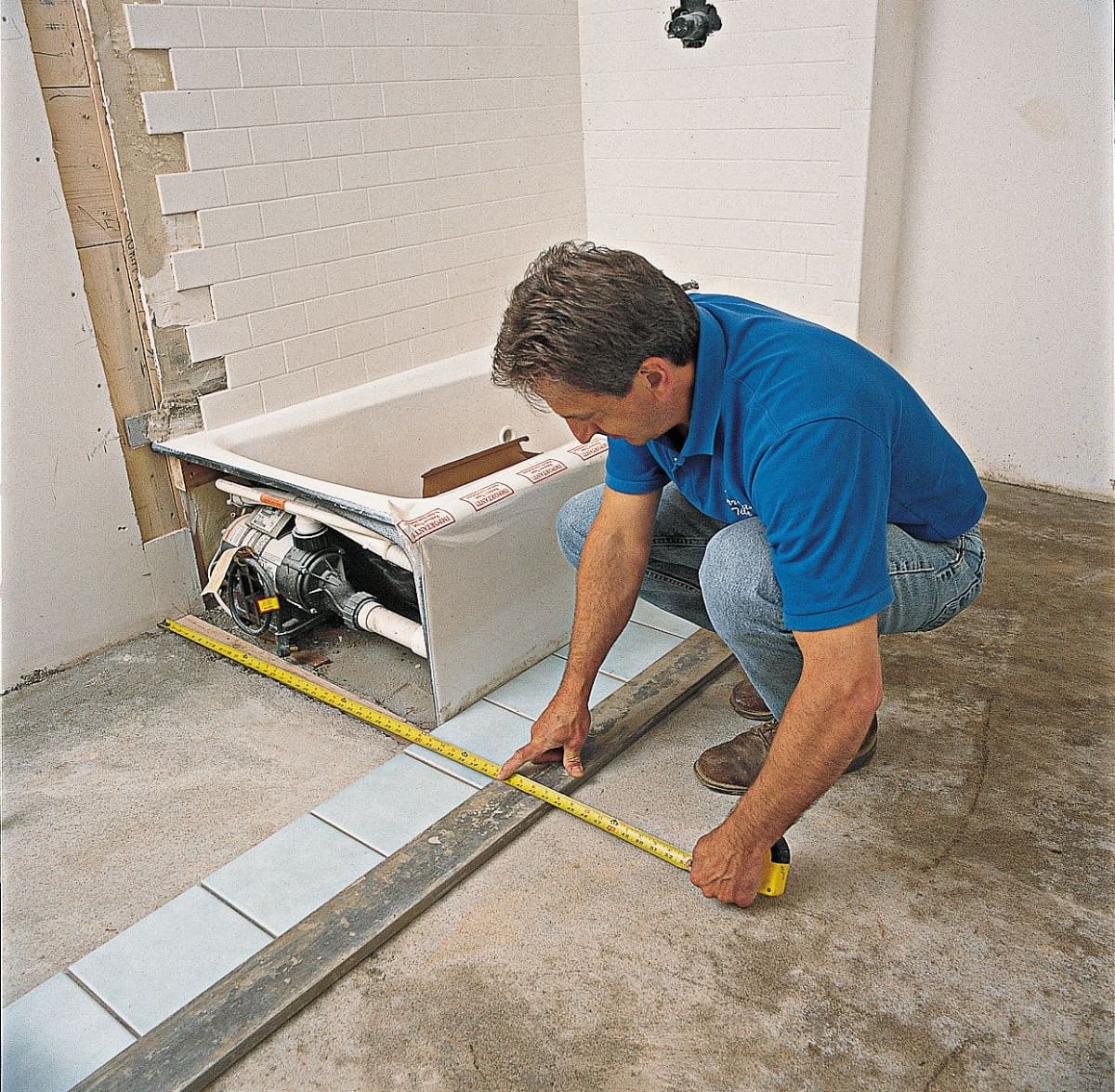
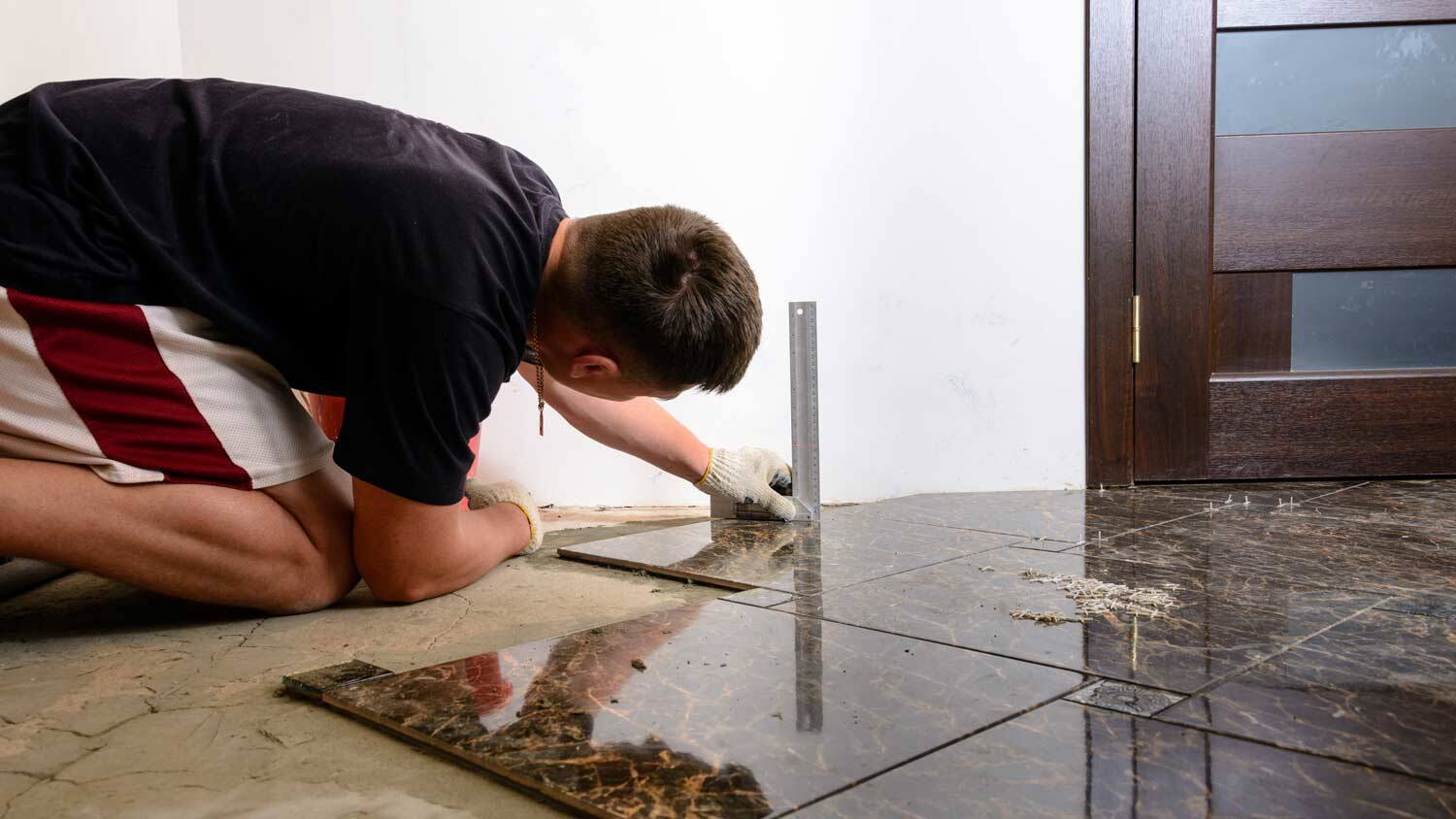
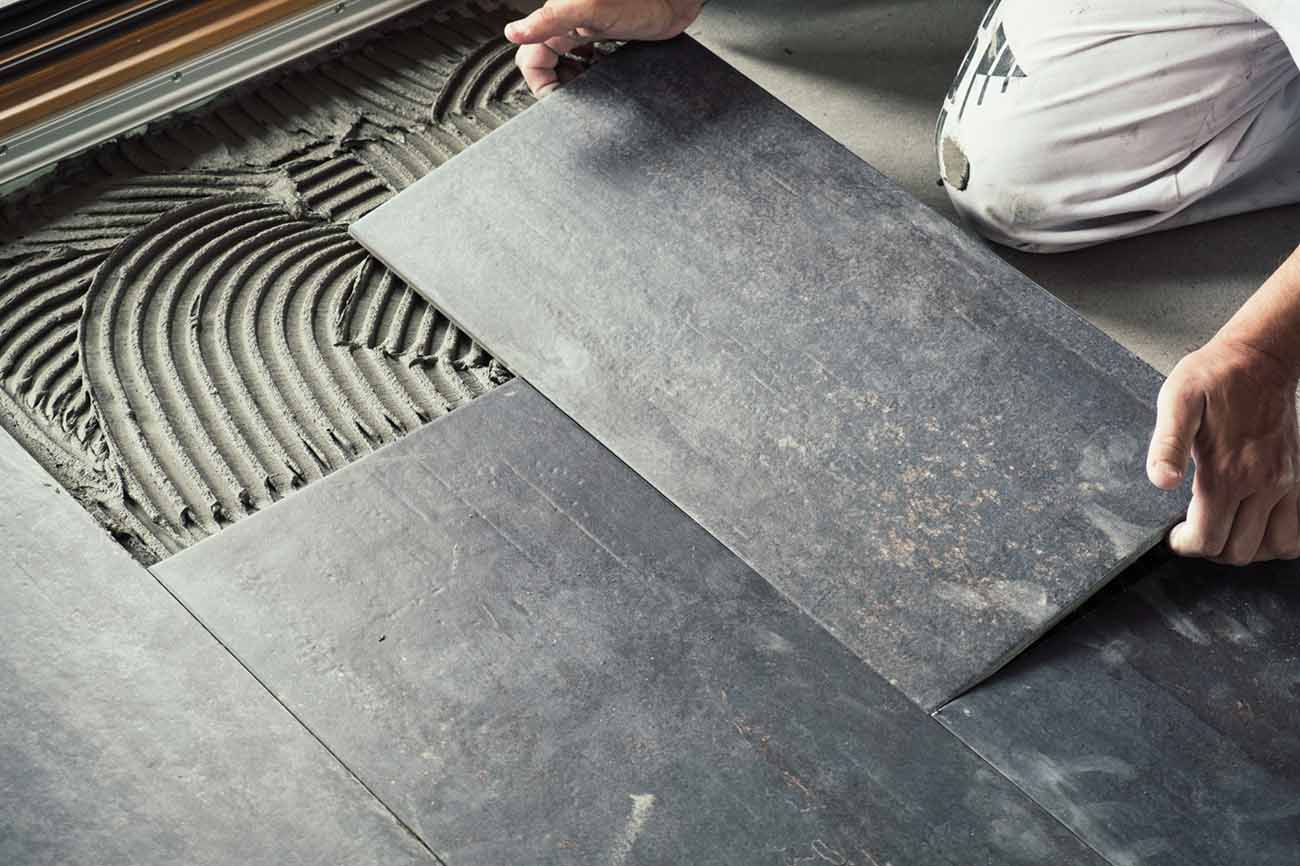
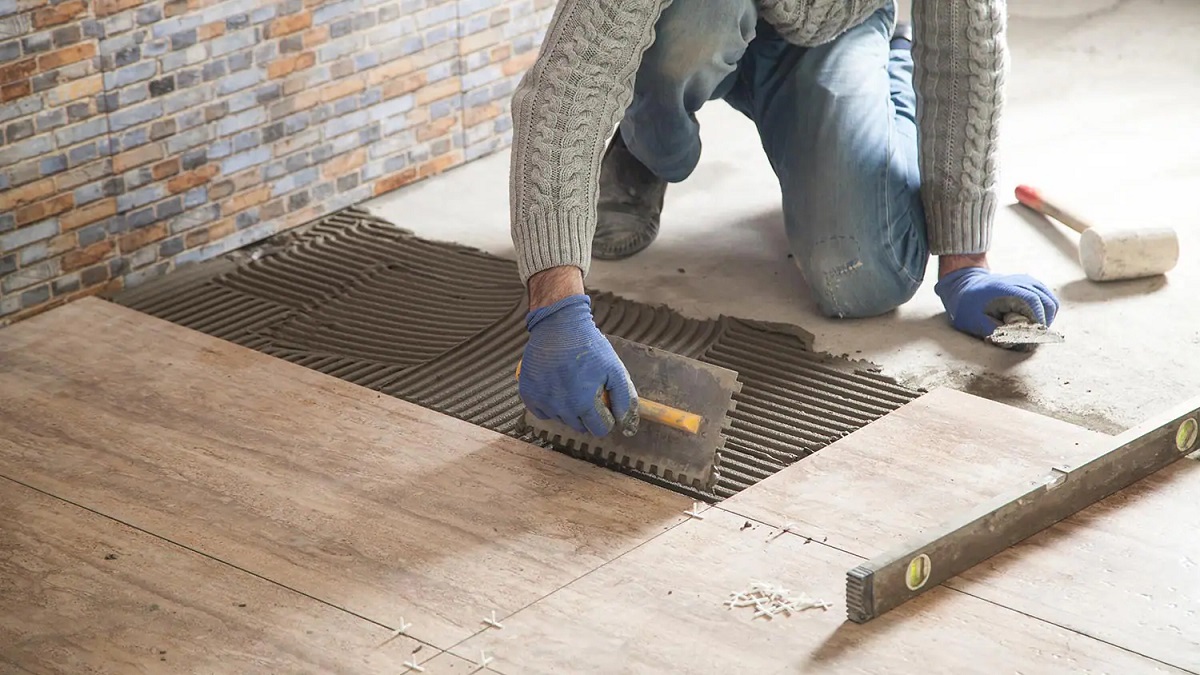
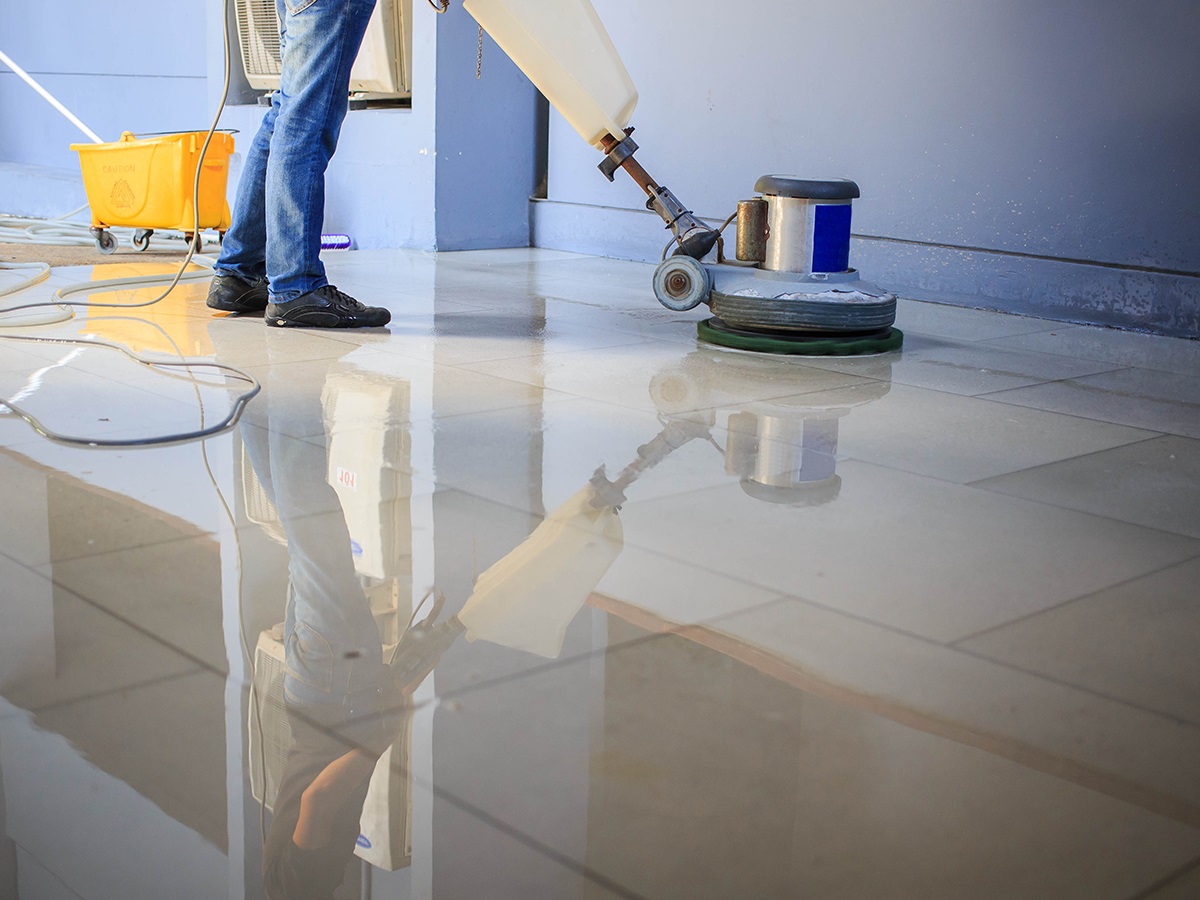
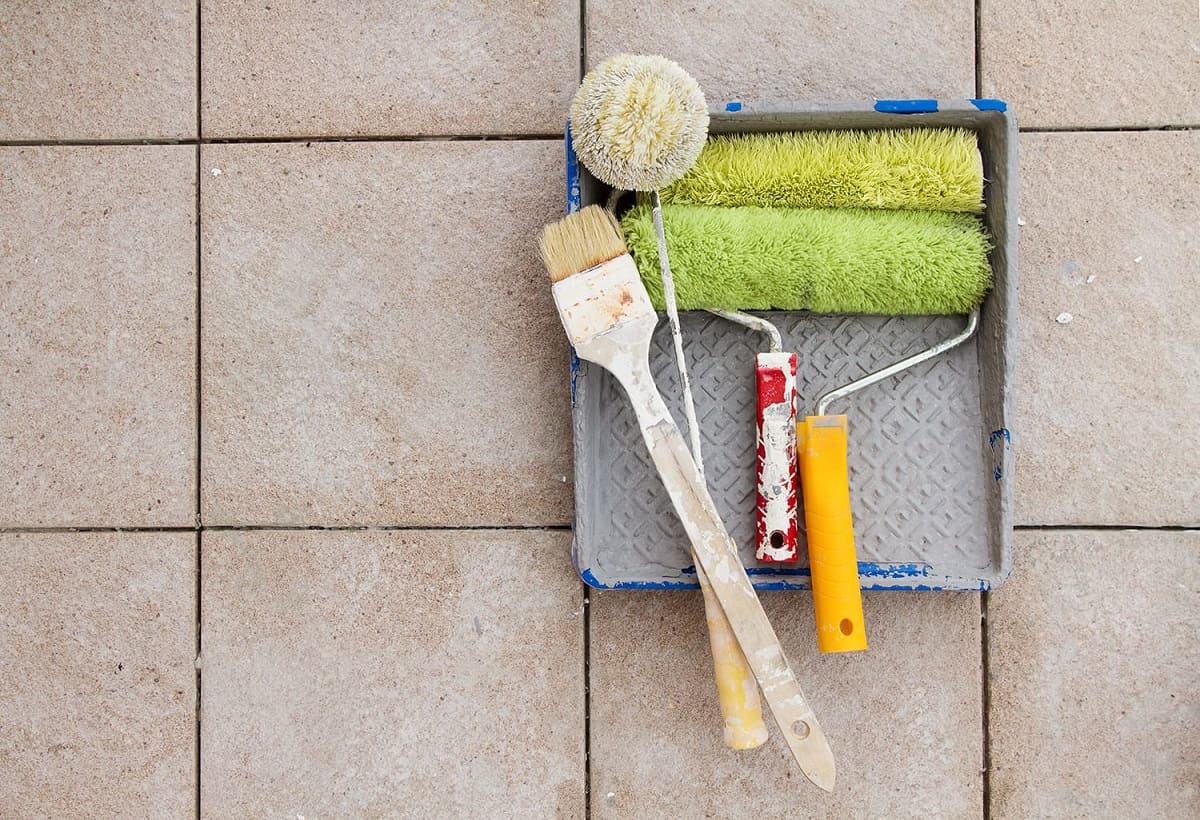
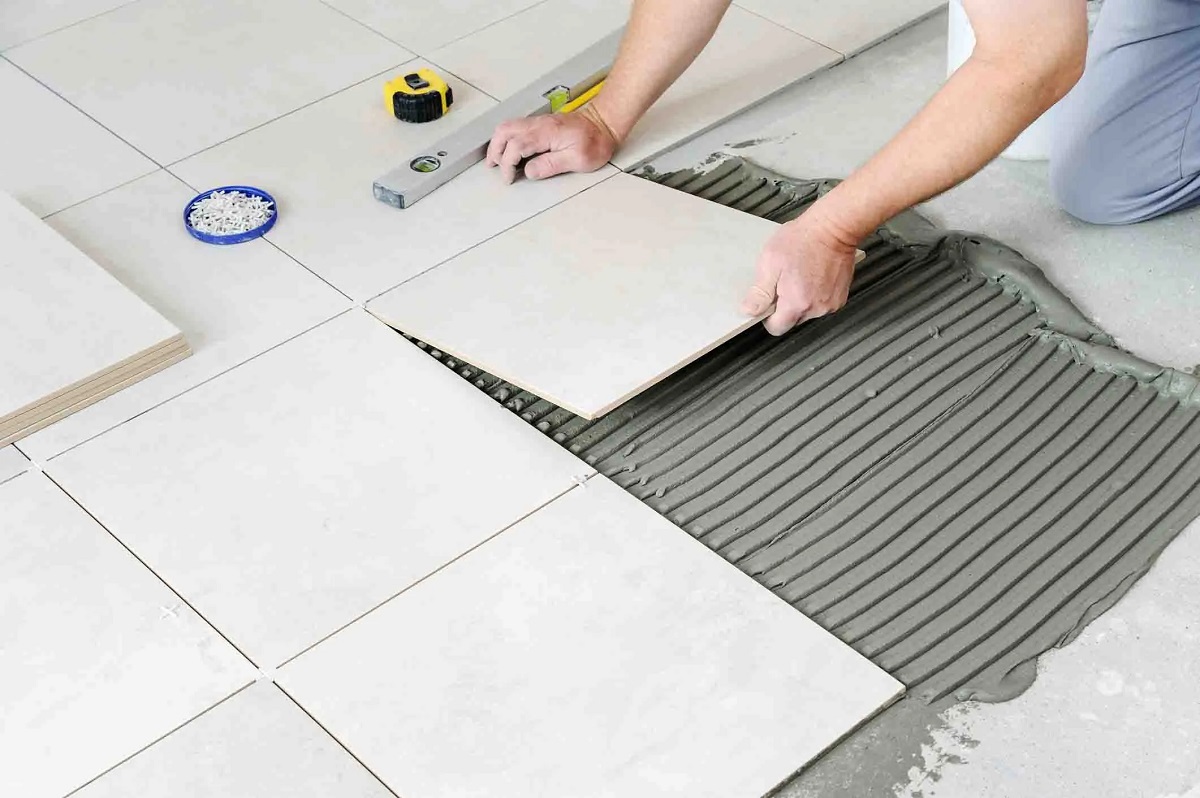
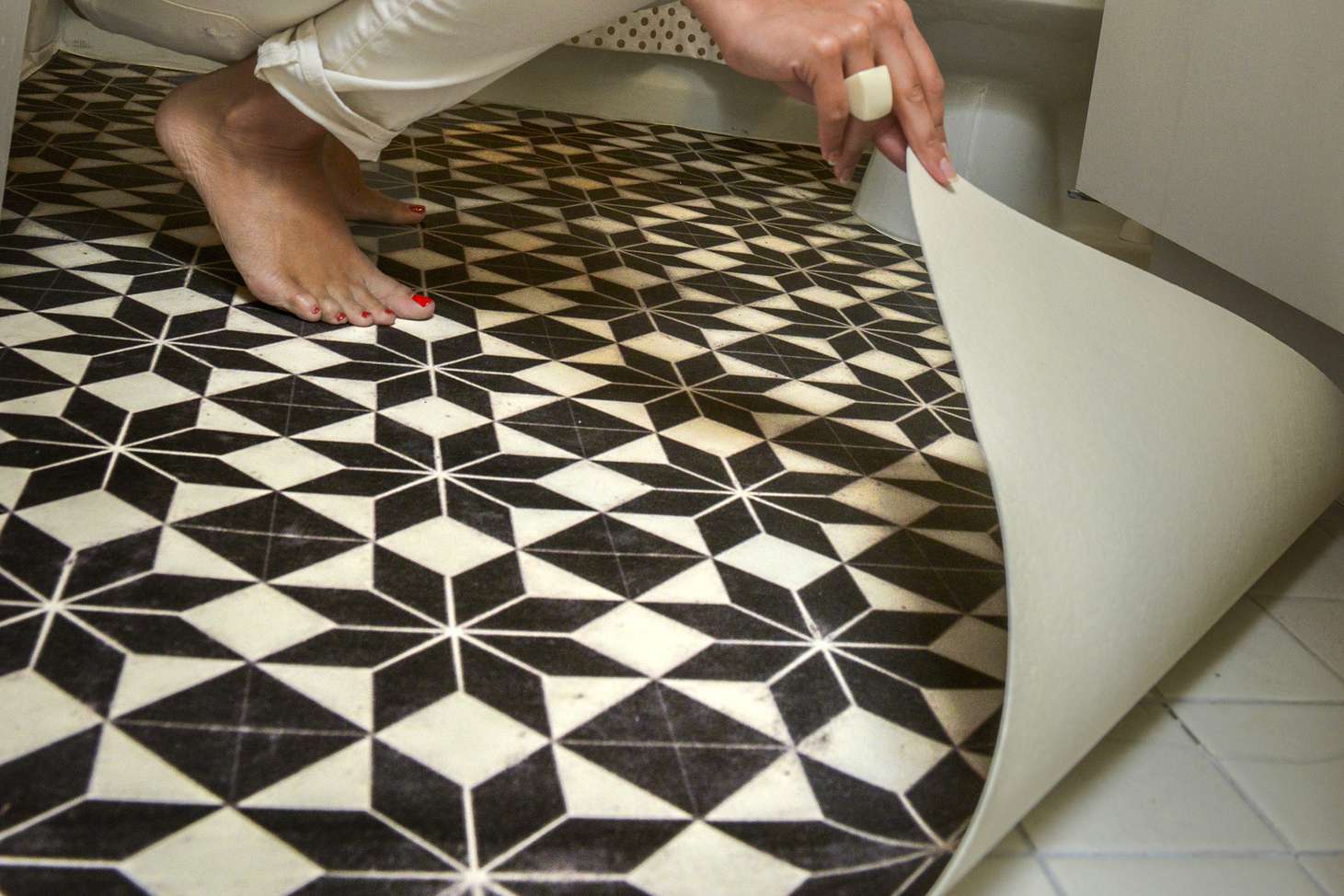
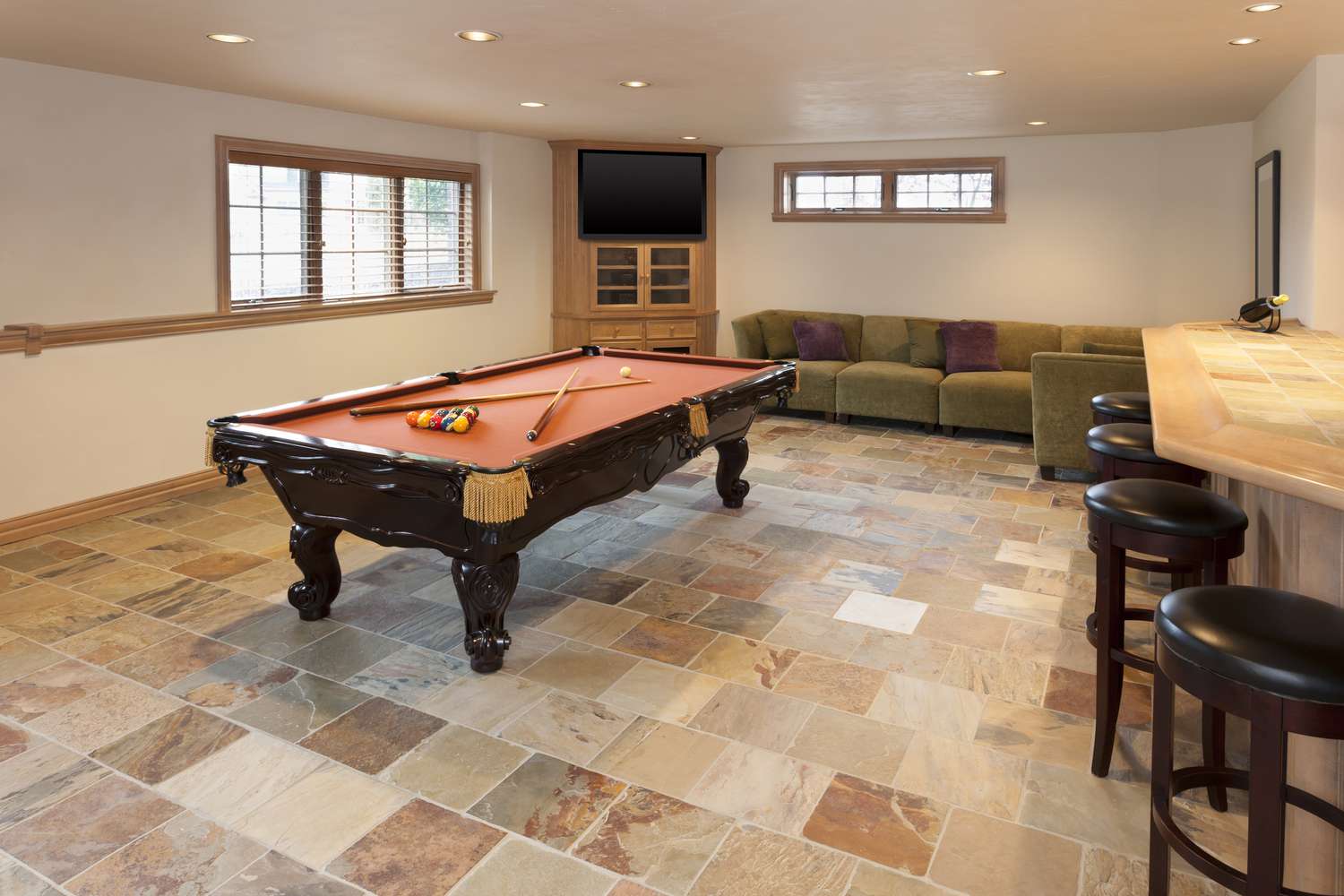
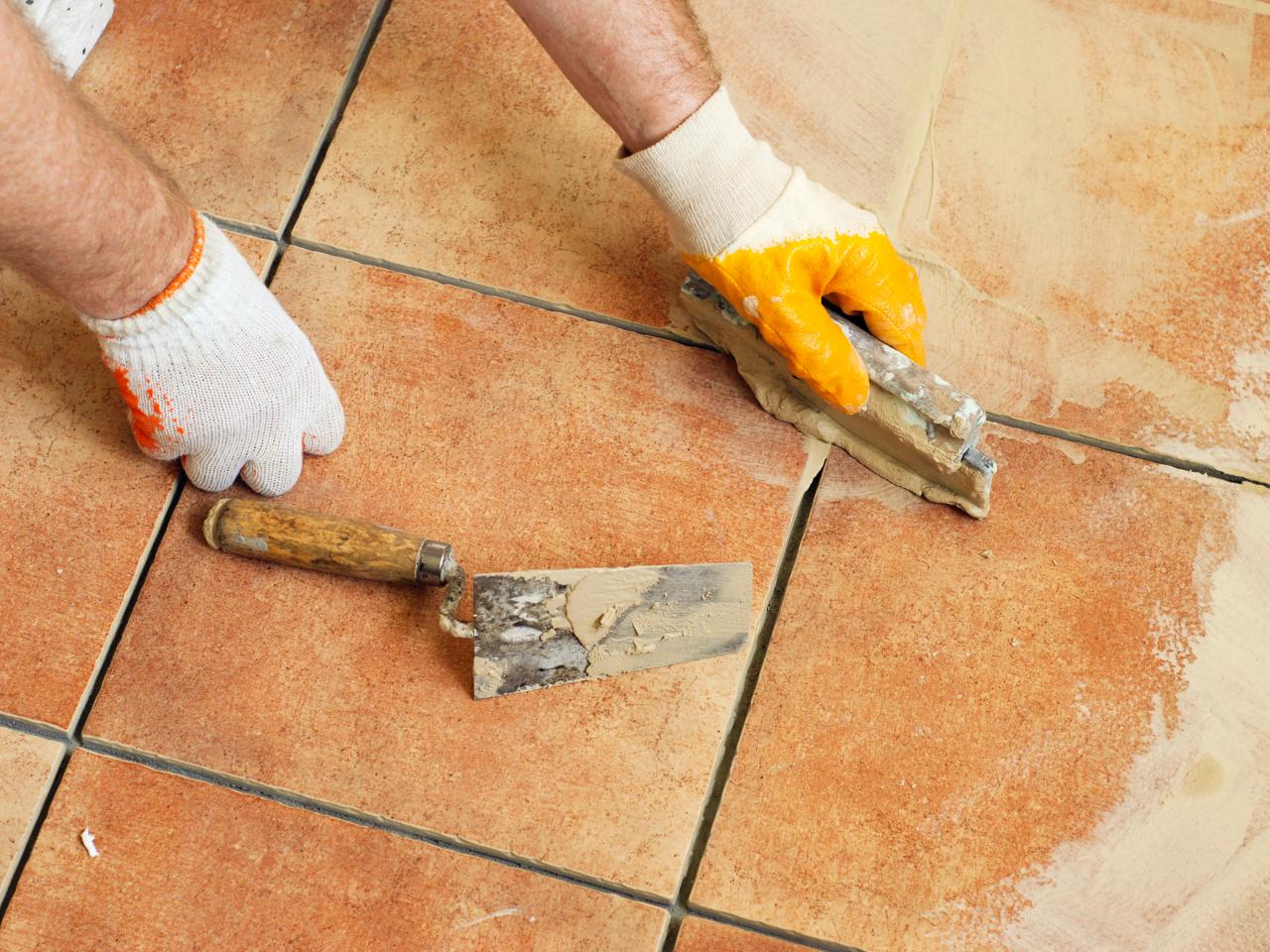
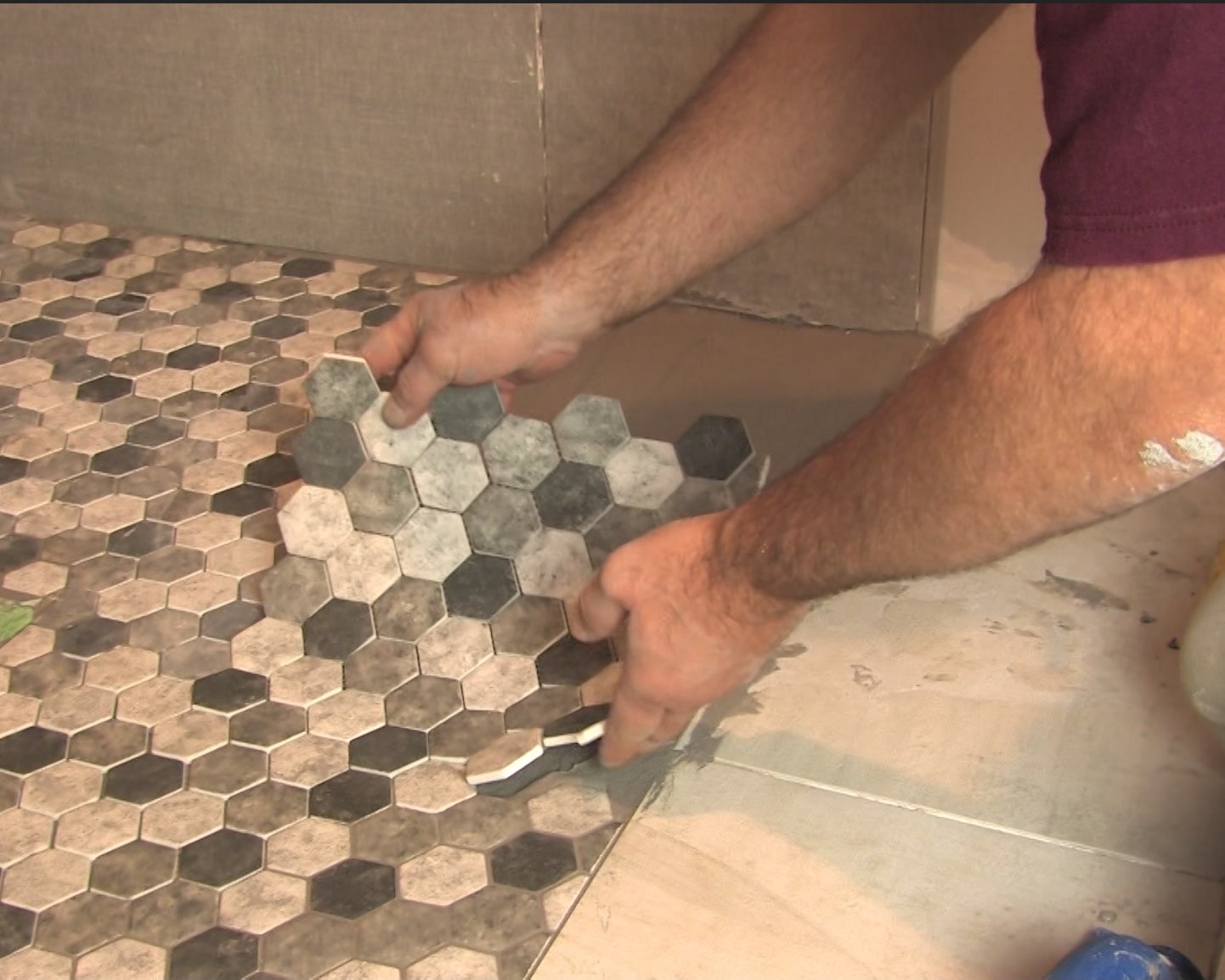
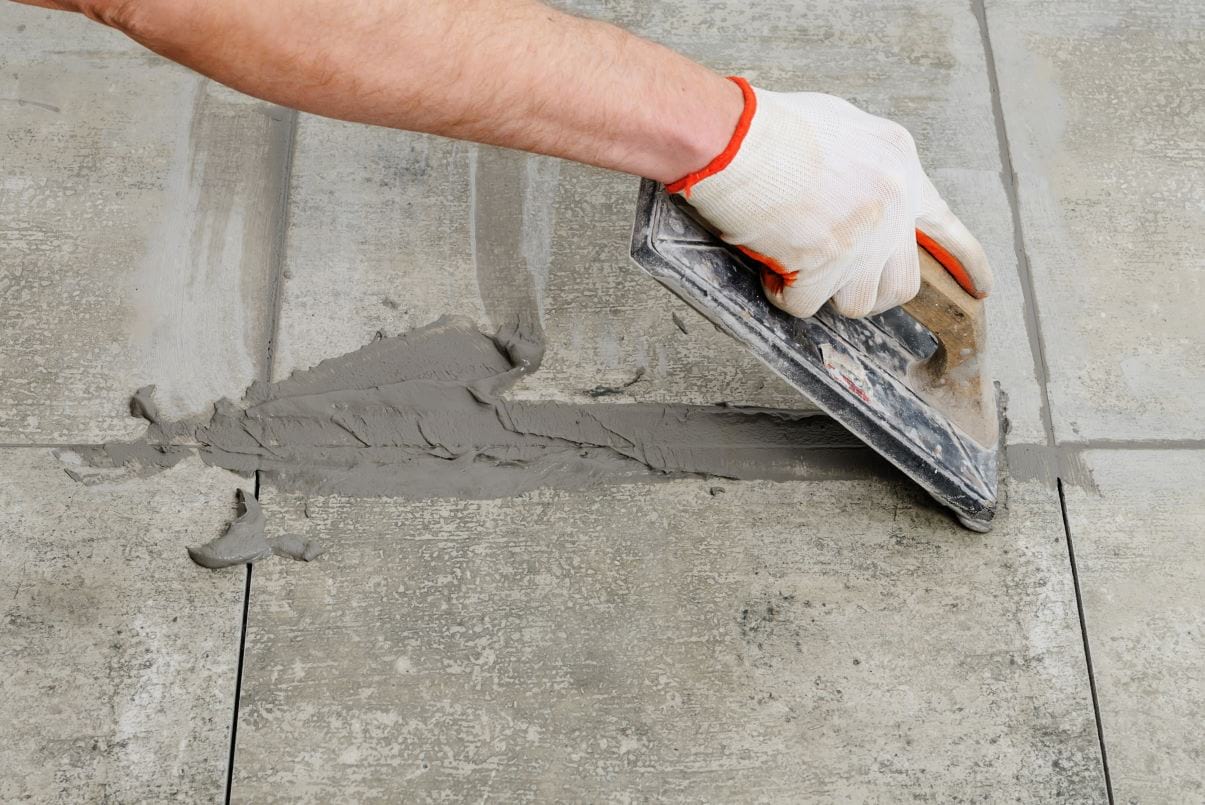
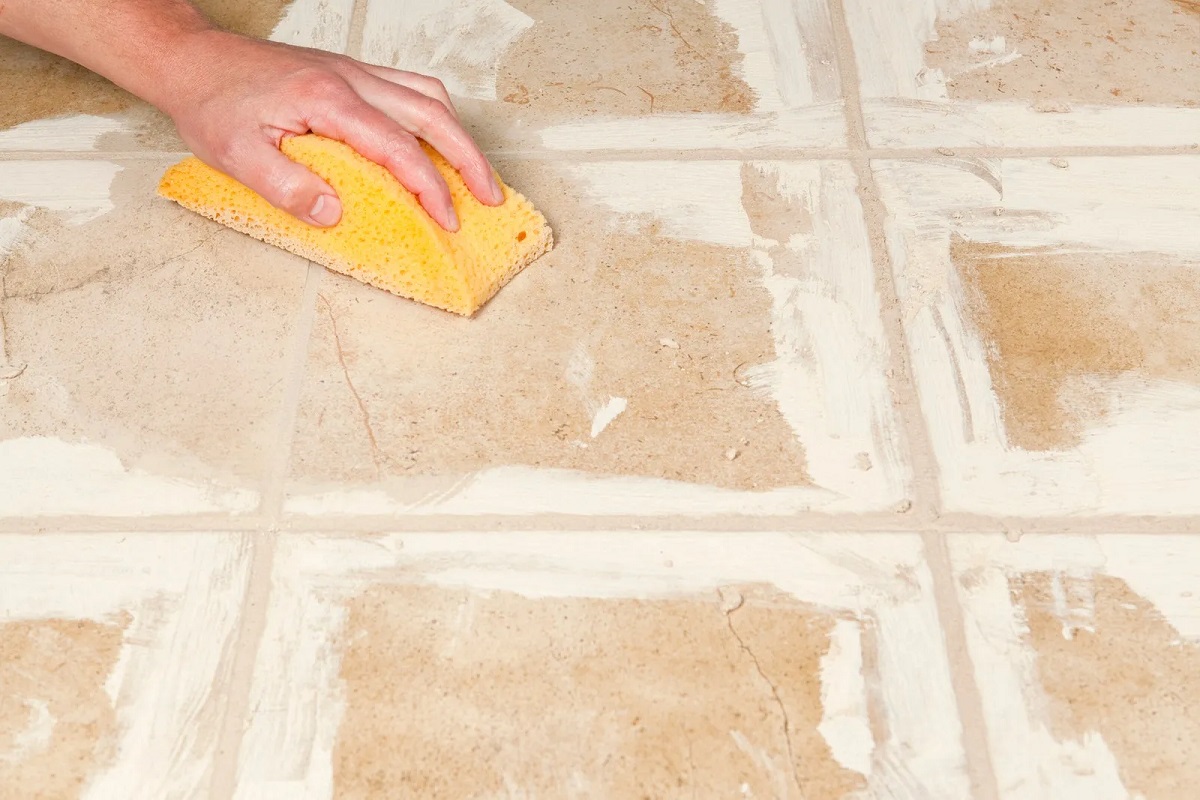

0 thoughts on “How Much To Tile A Floor”